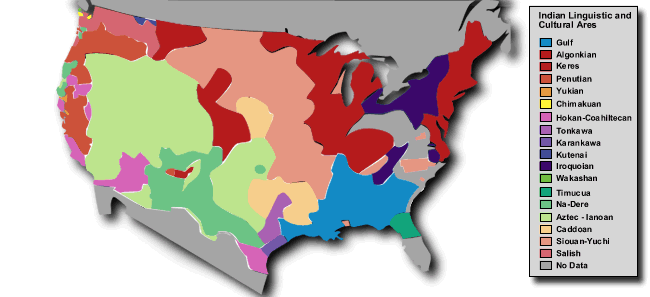The Trail of Tears is the path and the Indian conceptual description of the removal and relocation of certain Native Americans, including many members of the Cherokee, Creek, Seminole, and Choctaw nations among others in the United States, from their homelands to Indian Territory (present day Oklahoma) in the Western United States. The phrase originated from a description of the removal of the Choctaw Nation in 1831.[1] Many Native Americans suffered from exposure, disease, and starvation while en route to their destinations, and many died, including 4,000 of the 15,000 relocated Cherokee.
Wikipedia DescriptionTrail of Tears
Historical Overview from the Sequoia Institute



